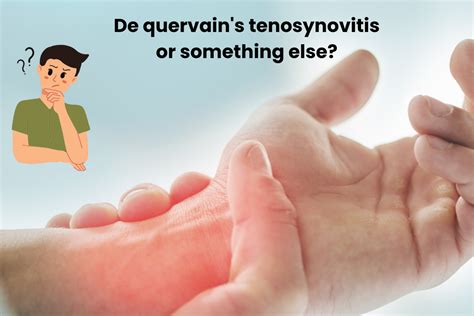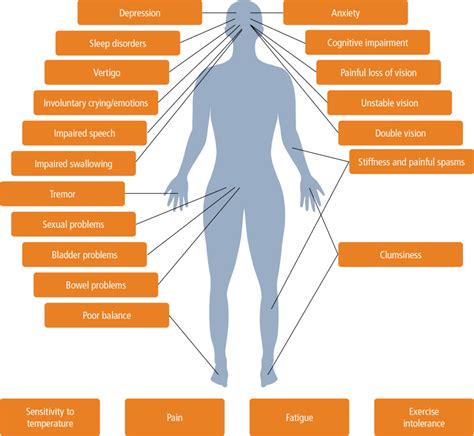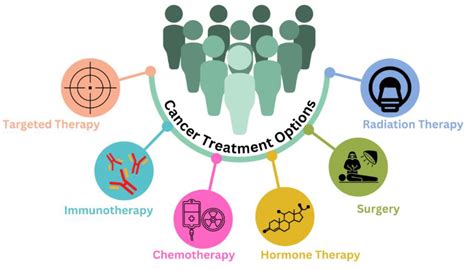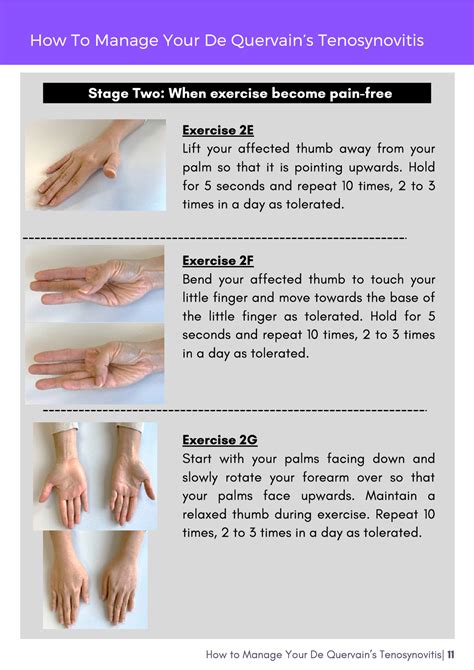Intro
Discover 5 ways to manage De Quervains Tenosynovitis, a painful wrist condition. Learn about tendon sheath inflammation, thumb tendinitis, and wrist pain relief through exercises, stretches, and treatments, alleviating symptoms and improving hand function.
De Quervain's tenosynovitis is a condition that affects the tendons on the thumb side of your wrist. It occurs when the tendons around the base of the thumb, specifically the extensor pollicis brevis and abductor pollicis longus, become inflamed and irritated. This condition can cause pain and tenderness, especially when forming a fist, grasping, or turning the wrist. Understanding the causes, symptoms, and treatments of De Quervain's tenosynovitis is crucial for managing the condition effectively. In this article, we will delve into the details of De Quervain's tenosynovitis, exploring its symptoms, causes, and most importantly, five ways to address this condition.
The symptoms of De Quervain's tenosynovitis can vary from person to person but typically include pain and tenderness on the thumb side of the wrist. This pain can radiate up the forearm and may be exacerbated by activities that involve repetitive thumb motion, such as gripping, twisting, or lifting. The area may also be swollen, and you might experience a "catching" or "snapping" sensation when moving your thumb. Recognizing these symptoms is the first step towards seeking appropriate treatment.
Understanding De Quervain's Tenosynovitis

Causes and Risk Factors

Symptoms and Diagnosis

Treatment Options

5 Ways to Manage De Quervain's Tenosynovitis

Prevention
Preventing De Quervain's tenosynovitis involves taking steps to reduce the risk of developing the condition. This can include taking regular breaks to stretch and move around, especially if your job involves repetitive motions. Maintaining good posture and using ergonomic equipment can also help reduce strain on the wrist and thumb.Complications
If left untreated, De Quervain's tenosynovitis can lead to complications such as chronic pain, limited mobility, and tendon rupture. It is essential to seek medical attention if symptoms persist or worsen over time.What are the symptoms of De Quervain's tenosynovitis?
+The symptoms of De Quervain's tenosynovitis include pain and tenderness on the thumb side of the wrist, swelling, and a "catching" or "snapping" sensation when moving the thumb.
How is De Quervain's tenosynovitis diagnosed?
+De Quervain's tenosynovitis is typically diagnosed through a physical examination and a review of the patient's medical history. The Finkelstein test is a common method used for diagnosis.
What are the treatment options for De Quervain's tenosynovitis?
+Treatment options for De Quervain's tenosynovitis include rest, ice, compression, and elevation (RICE), physical therapy, corticosteroid injections, and in severe cases, surgery.
In conclusion, De Quervain's tenosynovitis is a condition that can significantly impact an individual's quality of life. By understanding its causes, symptoms, and treatment options, individuals can take steps to manage and prevent this condition. If you suspect you have De Quervain's tenosynovitis, it is essential to consult with a healthcare professional for proper diagnosis and treatment. We invite you to share your experiences with De Quervain's tenosynovitis and any questions you may have about this condition. Your input can help others better understand and manage this condition.
